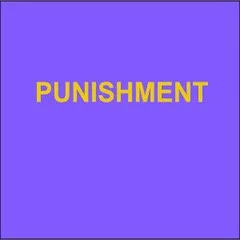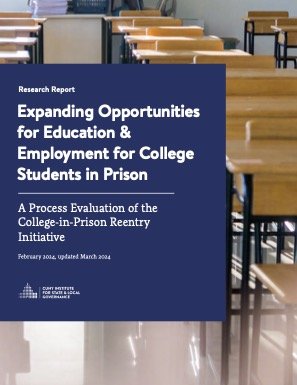By Patrick F. Hibbard, Michael R. McCart, Jason E. Chapman, & Ashli J. Sheidow
Introduction. This report describes results from a randomized controlled trial (RCT) of a short-term housing (STH) program for individuals released from prison who are on supervision and without an approved place of residence. Developed by Community Corrections leaders in Oregon, STH aims to provide a brief period of housing to individuals in need following exit from prison, with the goal of easing their reintegration back into the community and reducing their likelihood of recidivism. To control costs, STH emphasizes the provision of housing only and without the other services that are commonly included in more comprehensive reentry programs. STH consists of basic housing (i.e., a hotel room, shared room at a county’s office, or in a home owned by the county) not to exceed thirty (30) days. Housing can be provided to those with felony prison release, as well as those with local control release. STH is a one-time benefit. STH recipients also are provided a one-month voucher for public transportation. Excluded from STH are high-risk individuals (e.g., sex offenders), individuals whose needs would be better met in a recovery housing program (e.g., Oxford House), and those with an active threat to self or others. Recognizing the potential promise of STH, Oregon’s Criminal Justice Commission contracted with the authors of this report to evaluate the model’s impact in a multi-site RCT. The primary target outcome in the RCT was reduced recidivism, defined in accordance with SB 366 Section 1 (2015) (codified in Oregon Revised Statutes [ORS] 423.557). As used in that section, recidivism refers to any arrest, conviction, or incarceration for a new crime within three years of prison release. Study Design. Across three participating counties (“County A,” “County B,” “County C”) in the RCT, the study compared STH to usual community housing (UCH), with randomization at the participant level. Archival arrest, conviction, and incarceration records for approximately 3 years post-randomization were obtained from state databases for 114 RCT participants (County A n = 55; County B n = 8; County C n = 51). Participants were aged 21-65 years (M = 38.7), and 88.6% were male. Race/ethnicity was 84.9% White, 8.7% Latinx, 3.3% Black/African American, and 3.0% Native American. Secondary observational data were obtained for three additional counties (County “D,” County “E,” County “F”) who provided housing to individuals releasing from prison during the same timeframe as the RCT. After pre-processing data for comparability to STH, these data (County D n = 29; County E n = 1; County F n = 54) included individuals aged 18-82 years (M = 36.2), and 86.9% were male. Race/ethnicity for secondary observations was 82.1% White, 7.1% Latinx, 7.1% Black/African American, and 3.6% Native American. STH was expected to yield reduced arrest, conviction, and incarceration recidivism relative to UCH. Data Analysis. For all models, the primary analysis looked at data generated through the RCT. A small sample size, however, may not have produced sufficient power to detect small effect sizes. Thus, supplementary analysis included matched secondary observational data. Arrest, conviction, and incarceration recidivism are compared in 3 ways: The first model tested for a difference in the likelihood of each recidivism outcome. The second tested for a difference in the count of conviction and incarceration. The third tested for a difference in the time to arrest, since count was not available. Each model also included several control variables. Finally, the models included fixed effects for each participating county, as well as the month and year for each individual’s release from prison. When secondary data were added for supplementary analyses, a dichotomous covariate indicated if an observation was from secondary or RCT data sources. Results and Conclusion. STH does not appear to be an effective approach to lowering recidivism. The primary and supplementary analyses returned no evidence of an effect of STH on arrest, conviction, or incarceration recidivism. The failure of this approach might be due to its (a) strict 30-day housing limitation, (b) lack of other services, and/or (c) higher levels of supervision scrutiny. Nevertheless, we caution against concluding from this report that housing is not needed or useful for some individuals releasing from prison. Clearly, housing is a major challenge for a large number of parolees (HUD, 2022), and when counties have the resources to provide a shortterm stay at a hotel or other housing location, doing so seems both compassionate and logical. At the same time, 30 days of housing appears insufficient to meaningfully impact an individual’s reintegration trajectory. Instead, we recommend that Oregon provide its counties (particularly those in lower-resourced areas) with more funding to develop comprehensive reentry programming. Such programming would ideally have the capacity to address multiple reentry challenges (in addition to housing) for longer periods, and in a way that individual needs are addressed along customizable timelines. This recommendation is consistent with prior research showing that programs providing comprehensive services inclusive of housing to individuals releasing from prison tend to be effective at reducing recidivism when implemented with fidelity (Lutze et al., 2014; Miller & Ngugi, 2009).
Salem: Oregon Social Learning Center, 2024. 21p.





















